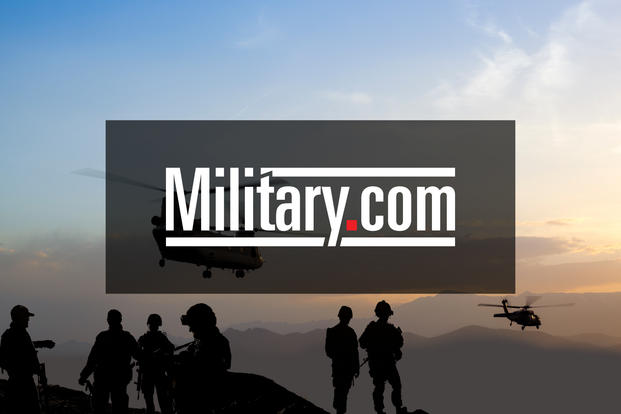USS GEORGE H. W. BUSH, At Sea -- The U.S. Navy's X-47B drone on Wednesday completed its first-ever landing aboard an aircraft carrier in what officials heralded as the future of naval aviation.
The bat winged-shaped jet built by Northrop Grumman Corp. made a smooth approach, touched down on the flight deck and came to a sudden halt after catching an arresting cable aboard the USS George H.W. Bush at about 1:40 p.m. The ship -- the Navy's newest nuclear-powered carrier -- was sailing about 70 miles off the coast of Virginia Beach, Va., in the Atlantic Ocean.
Navy Secretary Ray Mabus drew comparisons of the event to pilot Eugene Ely's first-ever landing of a biplane on a ship in 1911.
"It is not often that you get a chance to see the future, but that's what we got to do today," he said during a news conference with reporters afterward. "This is an amazing day for aviation in general and for naval aviation in particular."
The service's top officer, Chief of Naval Operations Adm. Jonathan Greenert, called it a "miraculous technological feat."
Both men flew in from Washington, D.C., aboard a V-22 Osprey to observe the landing firsthand. They were accompanied by a handful of Pentagon reporters. Another group of journalists and photographers flew in from Norfolk, Va., aboard two C-2 Greyhound cargo planes.
Before landing for the first time, the unmanned aerial vehicle and a pair of F/A-18 Super Hornet fighter jets screamed over the ship's tower in a choreographed flight plan. An SH-60 Seahawk hovered off to the side, ready to respond to an emergency.
The X-47B then made a series of carrier landings and take-offs. The craft flew autonomously in pre-programmed routes, though a human operator was present to take over control, if necessary. It was to later return to Naval Air Station Patuxent River, Md.
The mission, however, wasn’t flawless. The Navy in an e-mail later in the day said on the third attempted landing the drone detected a software glitch, aborted the mission and landed at Wallops Island, Va., a designated shore-based landing site.
Watch the first-ever carrier landing of the Navy's X-47B.
Today's demonstration was the latest in a series of tests and the "capstone event" of the development program, according to Rear Adm. Mat Winter. The Navy in May performed the first carrier launch of the system, followed by a series of touch-and-go landings. Additional testing will be performed through December, he said.
The prototype is about the size of a fighter jet and one of two developed by Northrop Grumman for the Navy's Unmanned Combat Air System Demonstrator, or UCAS-D, program, which has cost about $1.4 billion over eight years.
The effort is designed to demonstrate the technology and pave the way for a larger program to build the Navy’s armed, carrier-based drone fleet called Unmanned Carrier Launched Airborne Surveillance and Strike, or UCLASS.
The Navy plans to issue a draft request for proposals to develop the technology for the UCLASS program in August, followed by a formal request in the second quarter of 2014, Winter said. The service would pick a single winner by the end of next year, he said.
Northrop Grumman is expected to square off against other defense giants for the work, including Lockheed Martin Corp., Boeing Co. and General Atomics Aeronautical Systems Inc. Lockheed Martin is pitching the Sea Ghost, Boeing the Phantom Ray, and General Atomics the Sea Avenger.
"Although it looks like it could be an easy maneuver, today's successful arrested landings points back to a rigorous test plan focused on software development and system maturity to prove today that an autonomous unmanned system such as the X-47B can safely, seamlessly and predictably integrate into Navy carrier operations," said Carl Johnson, vice president and Navy UCAS program manager for Northrop Grumman Aerospace Systems.
The Navy wants to add drones to air wings to extend the range of its carrier groups. The X-47B can fly about twice as far as a manned F-35C fighter jet.
Mabus said the technology will allow the service to maintain more of a global presence -- "being not just in the right place at the right time, but in the right place all the time." The service aims to equip the first carrier air wing with operational unmanned systems in 2019, he said.


























